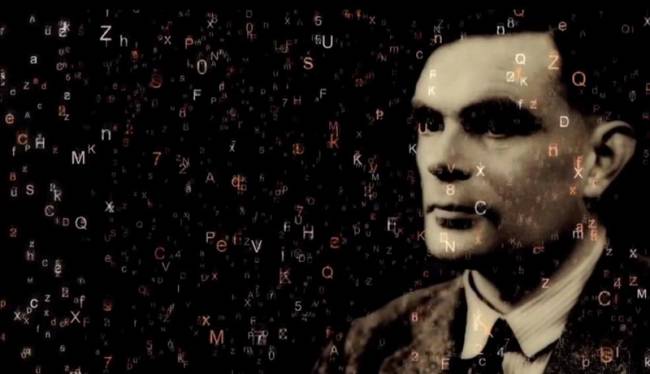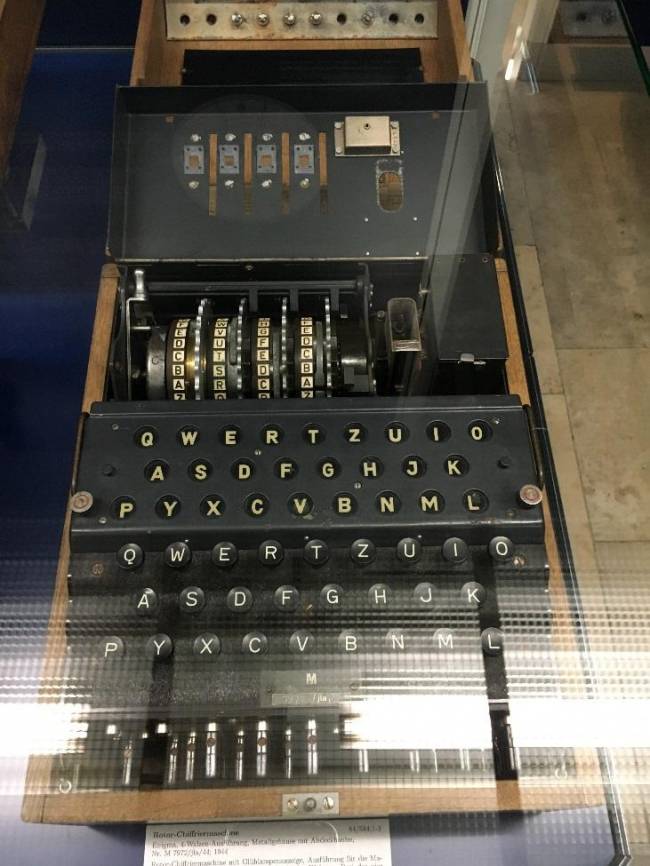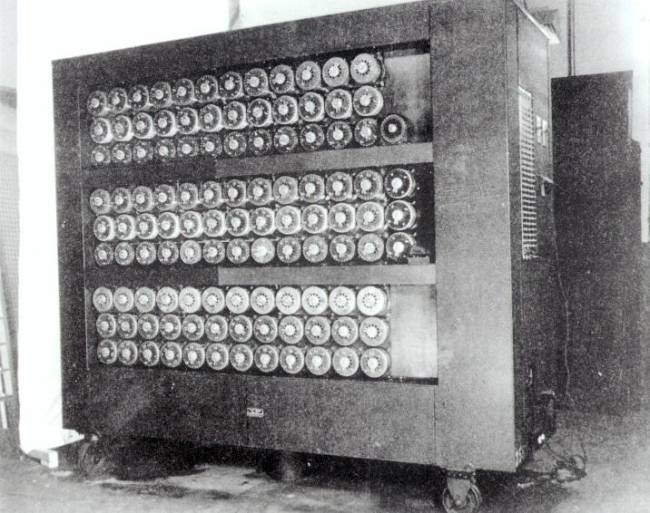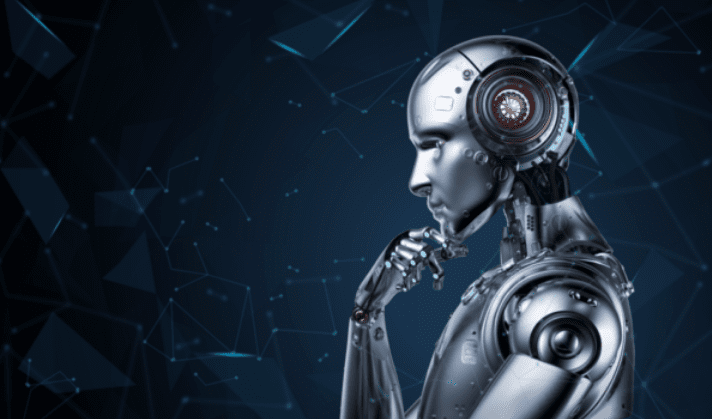Alan Mathison Turing not only imagined computers that did not exist in his time, but also laid the foundations of “Artificial Intelligence” by predicting that these machines could think in a human-like way in the future and even surpass us. It has led to the development of almost all the technology products we use today.

lan Turing, the founder of computer science, was born on June 23, 1912 in London, England. Alan Turing showed signs of genius at a very early age and displayed them continuously. His teachers recognized his intelligence very quickly. (Turing had a natural inclination towards mathematics and science.) Although Alan Turing was still very young, he was interested in mathematical problems, especially problems on derivatives and integrals. He even focused on the work of Albert Einstein, whom he met when he was 16 years old, and reproduced Einstein’s criticisms of Newton’s theories and laws of motion with his own work.
- China Imaged the Whole of Mars
- Global warming causes a never-before-seen outbreak of skin tumors in fish
Despite his breakdown, Turing continued his university life at Kings College, Cambridge, where he was a student from 1931 to 1934, received a diploma with distinction, and was elected an academic member of Kings College in 1935 for a thesis on the central limit theorem. On May 28, 1936, he presented Calculable Numbers: An Application to the Decision-Making Problem, which he presented on May 28, 1936, he reformulated Kurt Gödel’s proof of the limits of computation and proof in 1931 in his formal language based on universal arithmetic, replacing it with a simpler and more formal proof based on what we now call Turing machines. He proved that any conceivable mathematical problem could be solved using such a machine if it could be represented by an algorithm.
Turing, who made advanced studies on mathematics and cryptology, returned to England from America during World War II. At that time, the Nazis were transmitting their war strategies by encrypting them internally with a machine called Enigma. (This encrypted message/text was constantly changing and kept its secrecy).

Enigma is the name of an encryption system created by the Germans and considered “unbreakable”. The coding system on which the machine is based is changed every day by the German military, and the machine itself is based on a seemingly random encryption mechanism.
He was later put in charge of a team of cryptanalysts (mathematicians who decrypt ciphertexts) at the British army’s war communications base, which was assembled to break the coded messages (war strategies) of the German Navy.
The fact that the encryption system was being changed every day meant that no human mind or physical abilities would allow such a complex code to be deciphered so quickly, tirelessly and without distraction. Turing imagined that instead of a human being, a machine could do the decoding.

By building the Bombe Machine, he solved the German Nazis’ war strategies, and historians estimate that breaking Enigma shortened the war by more than two years, saving “14 million” lives.
Turing was forgotten for many years. Just as he was completely forgotten after shaping World War II… Perhaps he himself would not have cared. But people interested in the history of science cannot turn a blind eye. Turing’s fame spread through the scientific community for years after his death. Like a ghost, his legend spread rapidly from computer science to engineering and even basic science.

His death, however, ended with great injustice. Homosexuality was illegal in England in those years and although it was considered as a mental illness, it was a crime with criminal sanctions. When his friend Alan Murray attempted to rob Alan Turing’s house, Turing reported this situation to the police. Turing was charged with obscene indecency after Turing said that he was homosexual and was taken to court.
After being imprisoned for a while, Turing was found dead in his home by his housekeeper on June 8, 1954. It was announced that he had died of cyanide poisoning by eating a half-eaten cyanide-poisoned apple he had left by his bedside the day before. The apple itself, for some reason, was never tested for cyanide poisoning. Turing, who closed his eyes to the world as a result of the poisoning detected in the autopsy, was not valued and ignored by people in those years.
The fact that Turing left behind a bitten apple is associated with the most popular bitten apple of modern times.



